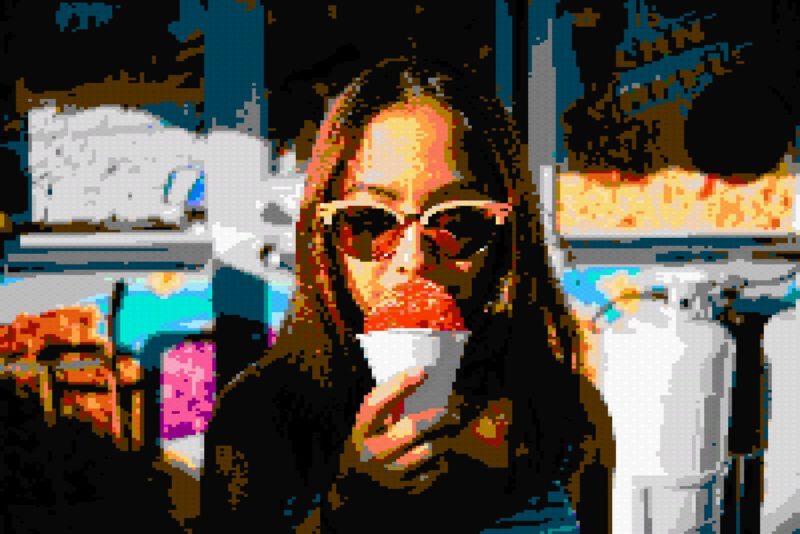Light stick photography is a fun and easy way to add some extra flair to your photos. This type of photography is done by using a light stick to create interesting patterns and designs in your photos. You can use light sticks of any color, but the most popular colors are blue and green.
In order to get the best results with light stick photography, you’ll need to follow a few simple tips.
Before we talk about LED sticks, let’s talk about what light painting photography is in the first place.
In simple terms, it’s a technique that uses long exposures to capture moving light sources.
Remember when you see streaks of red from moving cars when you use long exposure at night? The concept of light painting works the same.
Since the shutter stays open for a long time, all the movement the camera captures turns into streaks–and that includes lights.
What you need to know when creating a light painting is how to control where the light goes. It sounds complicated, but all it takes is for you to draw something in the air using a portable light source.
Your first few light paintings may look like a child’s scribbles, but you’ll get better at it eventually. And don’t worry, we’ll also show you a few simple tricks you can try throughout this light painting tutorial.
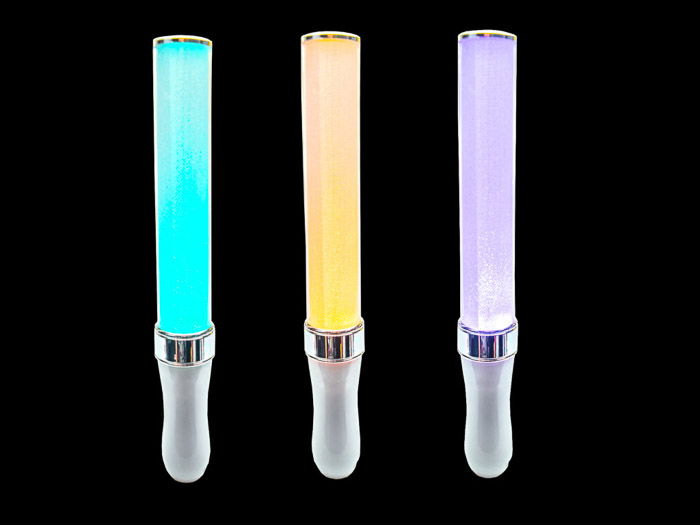
For years, the light painting tools that most people used were flashlights. And although they worked well in most situations, they didn’t always come in a variety of colors.
But these days, you can have a variety of colors even if you only have one LED light stick. Most options allow you to change your light settings with a button.
Another advantage of using LEDs is that they use less power than regular flashlights.
There are many types of LED light sticks. The most common ones are for camping and outdoor lighting. There are also glow sticks for concerts and parties.
If you want to take light painting seriously, you can also buy special kits for this type of photography. Many of these lights have “brushes,” which are attachments that project beams in different ways.
You don’t have to choose a specific type of light source for your photography. There isn’t a single best flashlight for light painting. Every single one produces a different kind of light.
Experiment with all of them to make your images look unique.
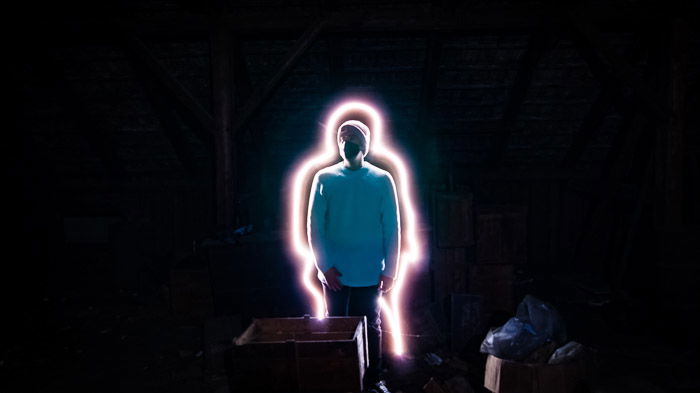
Other than your camera and LED light stick, you’ll need a few other light painting tools for your project. But don’t worry, you already have most of them at home.
Look for any other portable light source apart from your LED light. This could be a regular flashlight or even your little brother’s lightsaber.
Experiment with these options to create different effects.
Before you head out, remember to bring this essential piece of equipment, or you’ll end up with blurry images. You lessen the chances of motion blur when you keep everything steady.
Using a tripod ensures your camera doesn’t move while the shutter is open.
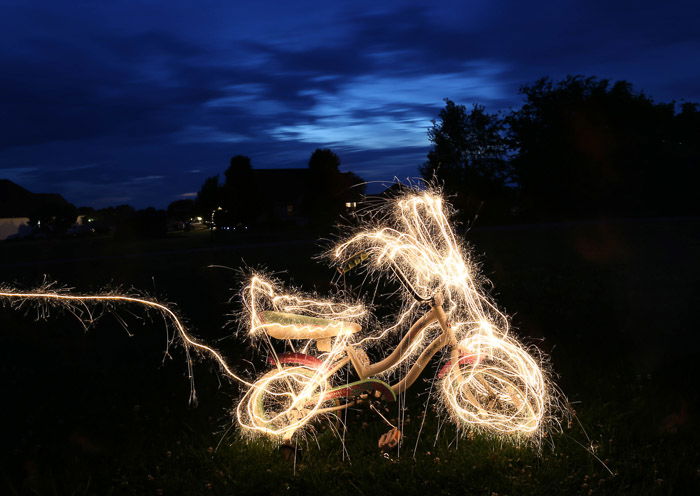
When doing long exposures, it’s best to refrain from touching the camera to avoid motion blur. And yes, that includes pressing the shutter. Use a remote to trigger your device wirelessly.
You’ll also find it useful when you’re doing light painting by yourself and need to activate the shutter from afar.
These are optional since most hobbyists don’t have flash triggers and gels. If you have flash and gels, feel free to use them to create splashes of colors in the background.
You’ll find them useful when the environment is too dark or dull.
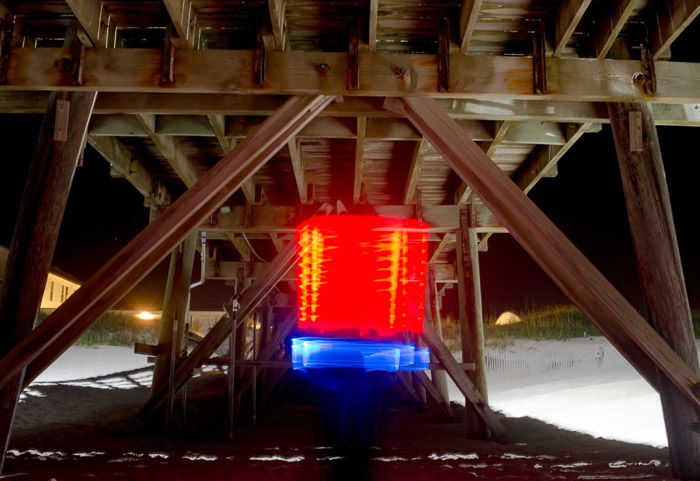
Once you have the items you need, start looking for a location to set up your gear. Find a place that’s free from ambient light coming from buildings or street lights.
You should also choose a spot with an exciting background. For instance, walls or trees are good at adding dimension to your image.
When you find a good location, set up your tripod and camera in front of where you want to take the picture.
Set your camera to Manual Mode to change the exposure settings the way you want them.
First, adjust your ISO between 100 to 800 depending on the ambient light available. If the moon is out, it would be best to try 100.
If it’s pitch black outside, consider using a higher value up to 800. You’ll need it to make the background visible.
Next, select an aperture size between f/8 to f/16. Adjust your aperture based on how much exposure time you need.
If you reckon you’ll need a long time to finish your light painting, then use a small aperture such as f/16. If you want to finish your work quickly, then stick to a large aperture such as f/8.
For your shutter speed, start with 8” and take a test shot. If the result is too dark, go one stop lower. If it’s too bright, go a stop higher.
Keep adjusting your settings until you get the proper exposure.
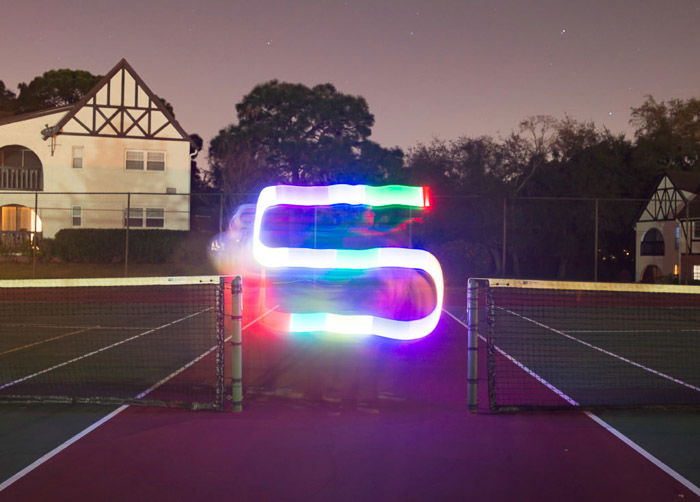
Now that your camera is all set, it’s time to learn how to learn how to light paint.
If you’re doing light stick photography by yourself, set your lens to autofocus.
Then stand in front of the camera and mark your spot by putting a small object on the ground. It could be anything from an extra flashlight or even a dry leaf.
Now turn on your LED light while still standing and trigger the shutter with your remote. Using your LED stick helps your camera find the focus point even in the dark.
Go back to the camera and review the image. If it’s out of focus, you’ll need to try it again. If everything looks sharp, switch the lens to manual focus, so it doesn’t readjust the next time you shoot.
Once everything is ready, return to your spot with your LED stick turned off this time. Press the remote again and start painting as soon as you hear the shutter open.
If you finish your light painting before the shutter closes, make sure you turn off the LED stick. If you hear it close and you’re still drawing, then adjust your shutter speed to give you more time.
It can take a few tries to perfect your light painting photography. It will help a lot if you rehearse your movements before you shoot.
Also, remember that the camera captures the mirror image of what you drew with your LED stick. Create your light painting backward to make it look normal in your picture.
Draw from right to left especially if you’re writing letters and words.
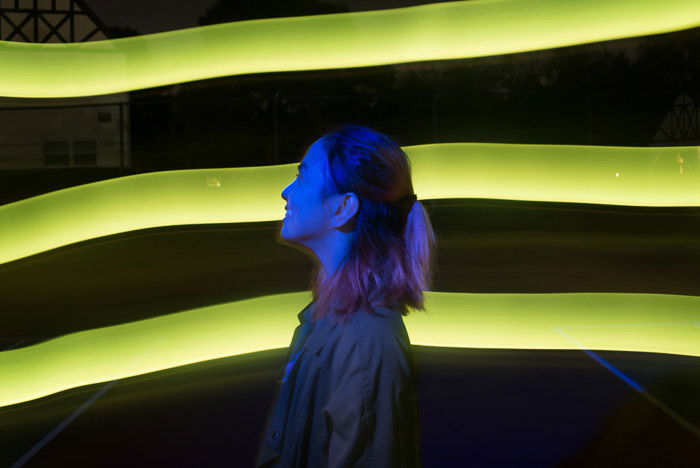
Long exposure photography is experimental by nature. Because it tends to blur movement, photographers use it a lot to create conceptual images.
Light painting is no different. There’s no right or wrong way to do it. You’re free to play around and create your effects.
If you can’t figure out how to start, here are a few ideas that might help you.
The term tagging comes from the graffiti scene which means writing your name (a.k.a. tag) on a wall.
You can do something similar with light painting by using your LED stick instead of a spray can. Start from right to left and write the letters in reverse.
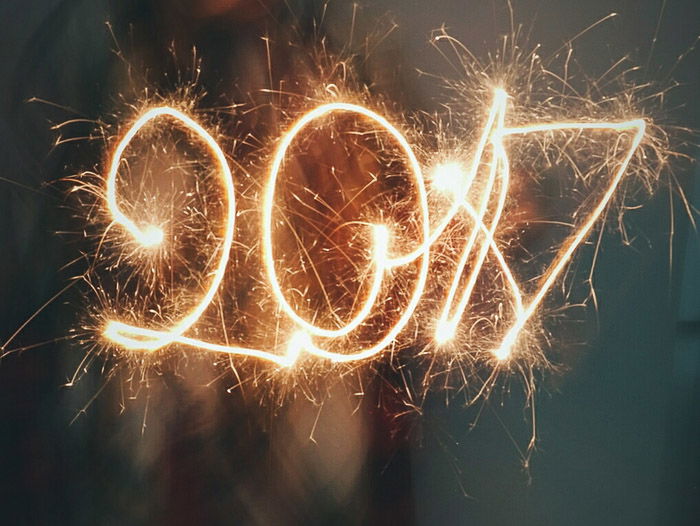
Most LED sticks change colors with a push of a button. Some of these light painting tools even feature blinking lights.
Experiment with the settings of your device and see what sort of cool effects you can achieve with these light painting tools.
You don’t always have to draw figures that people recognize. You can also create abstract shapes by waving your wand in different directions. Or you can make spiral light painting by twirling your body around.
Attach color gels to your flash and add a splash of colors to your images. You can either attach your flash unit to your camera or use a remote trigger.
You can use it to add vibrant hues to walls, floors, or even a human subject.
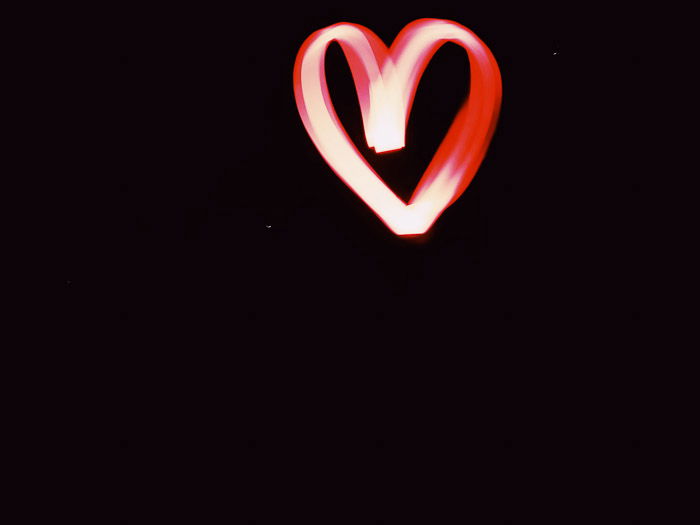
To make the most of your light paintings, you’ll need to enhance them in your editing suite.
First, adjust the basic settings such as Exposure and Contrast. Next, tweak your Blacks to darken the rest of the scene.
Change your Vibrancy and Saturation to make the colors of your lights pop. Don’t overdo it or you might end up with an oversaturated image.
Long exposure sometimes causes a lot of noise. Adjust your Noise Reduction sliders to make the grain less noticeable. Don’t go too far or you’ll end up with a blurry image.
If you’re happy with the result, save it. And that’s it for your first light painting photo!
Looking for more creative tips? Check out our new post about neon portraits next!
